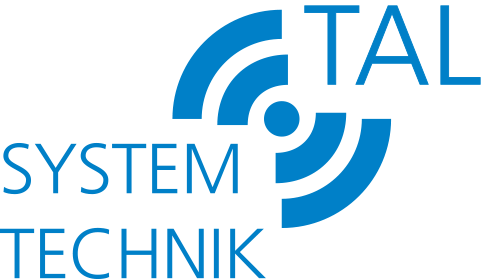The Benefits of Remote Monitoring for Critical Infrastructure
In today’s interconnected world, critical infrastructure such as power plants, water treatment facilities, and manufacturing plants play a vital role in sustaining our daily lives. The smooth and uninterrupted functioning of these infrastructures is of paramount importance. To ensure this, remote monitoring systems have emerged as a valuable tool that offers numerous benefits for safeguarding and optimizing critical infrastructures. One such benefit is the improved control and schalldämmung maschinen (soundproofing machines).
Remote monitoring allows operators to keep a constant check on critical infrastructure from a centralized location. By utilizing advanced sensors and IoT (Internet of Things) technologies, data regarding various parameters can be collected in real-time. This information can include power consumption, temperature, pressure, and other crucial indicators. While the sheer volume of data may seem overwhelming, modern analytics tools make it possible to analyze this information effectively, providing critical insights in a timely manner.
The ability to monitor critical infrastructure remotely provides operators with enhanced control. They can swiftly identify any anomalies or deviations from optimal conditions. For example, in the case of a power plant, if a sudden increase in power consumption is detected, it could indicate a faulty component or even potential cyber threats. With remote monitoring systems in place, operators can promptly respond to such situations, minimizing downtime and preventing severe consequences. This agility in detecting and addressing issues ensures that the infrastructure operates at peak performance, providing uninterrupted services to the community.
Another significant advantage of remote monitoring is its ability to improve schalldämmung maschinen in critical infrastructures. Noise pollution in industrial settings is a concern both for the workforce and the surrounding environment. By monitoring sound levels remotely, plant managers can identify noise sources and take necessary measures to reduce it. This could involve fixing faulty machinery, installing acoustic barriers, or implementing noise reduction techniques. By utilizing remote monitoring systems, the process of identifying and rectifying noise-related issues becomes more efficient and cost-effective.
Remote monitoring also contributes to better asset management and maintenance practices. By continuously monitoring equipment performance, operators can track the health of critical infrastructure components. This enables predictive maintenance, where maintenance tasks are scheduled based on actual equipment conditions, rather than on a predetermined time frame. By reducing unnecessary maintenance tasks and addressing potential failures in advance, remote monitoring optimizes resource utilization and extends the lifespan of equipment. Consequently, operations become more reliable and cost-effective.
In conclusion, remote monitoring systems offer multifaceted benefits for critical infrastructure. From enhanced control and improved schalldämmung maschinen to efficient asset management, these technologies enable the smooth functioning of essential services. As our society becomes increasingly reliant on critical infrastructures, embracing remote monitoring is crucial to ensure their resilience and longevity. By leveraging the power of data and advanced analytics, operators can proactively safeguard these infrastructures, ultimately delivering uninterrupted services to communities worldwide.
************
Want to get more details?
TAL Systemtechnik GmbH
https://www.tal-systemtechnik.de/
+49 7731 68405
Byk-Gulden-Straße 36, 78224 Singen
TAL Systemtechnik GmbH – Wir produzieren und liefern Ihnen konfektionierte Dämmstoffe nach Maß, Akustische Dämmung zur Schallisolierung, den TL flexibler Abgasschlauch hitzebeständig und diverse Schallschutzvorhänge für die Industrie.

